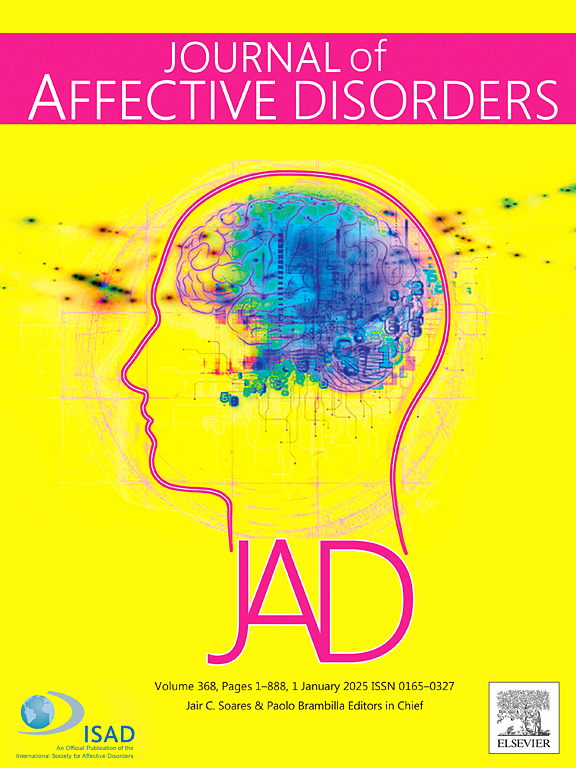Development and validation of a convenient dementia risk prediction tool for diabetic population: A large and longitudinal machine learning cohort study
IF 4.9
2区 医学
Q1 CLINICAL NEUROLOGY
引用次数: 0
Abstract
Background
Diabetes mellitus has been shown to increase the risk of dementia, with diabetic patients demonstrating twice the dementia incidence rate of non-diabetic populations. We aimed to develop and validate a novel machine learning-based dementia risk prediction tool specifically tailored for diabetic population.
Methods
Using a prospective from 42,881 diabetic individuals in the UK Biobank, a rigorous multi-stage selection framework was implemented to optimize feature-outcome associations from 190 variables, and 32 predictors were final retained. Subsequently, eight data analysis strategies were used to develop and validate the dementia risk prediction model. Model performance was assessed using area under the curve (AUC) metrics.
Results
During a median follow-up of 9.60 years, 1337 incident dementia cases were identified among diabetic population. The Adaboost classifier demonstrated robust performance across different predictor sets: full model with 32 predictors versus streamlined simplified model with 13 predictors selected through forward feature subset selection algorithm (AUC: 0.805 ± 0.005 vs. 0.801 ± 0.005; p = 0.200) in model development employing an 8:2 data split (5-fold cross-validation for training). To facilitate community generalization and clinical applicability, the simplified model, named DRP-Diabetes, was deployed to a visual interactive web application for individualized dementia risk assessment.
Limitations
Some variables were based on self-reported.
Conclusions
A convenient and reliable dementia risk prediction tool was developed and validated for diabetic population, which could help individuals identify their potential risk profile and provide guidance on precise and timely actions to promote dementia delay or prevention.
求助全文
约1分钟内获得全文
求助全文
来源期刊

Journal of affective disorders
医学-精神病学
CiteScore
10.90
自引率
6.10%
发文量
1319
审稿时长
9.3 weeks
期刊介绍:
The Journal of Affective Disorders publishes papers concerned with affective disorders in the widest sense: depression, mania, mood spectrum, emotions and personality, anxiety and stress. It is interdisciplinary and aims to bring together different approaches for a diverse readership. Top quality papers will be accepted dealing with any aspect of affective disorders, including neuroimaging, cognitive neurosciences, genetics, molecular biology, experimental and clinical neurosciences, pharmacology, neuroimmunoendocrinology, intervention and treatment trials.
 求助内容:
求助内容: 应助结果提醒方式:
应助结果提醒方式:


